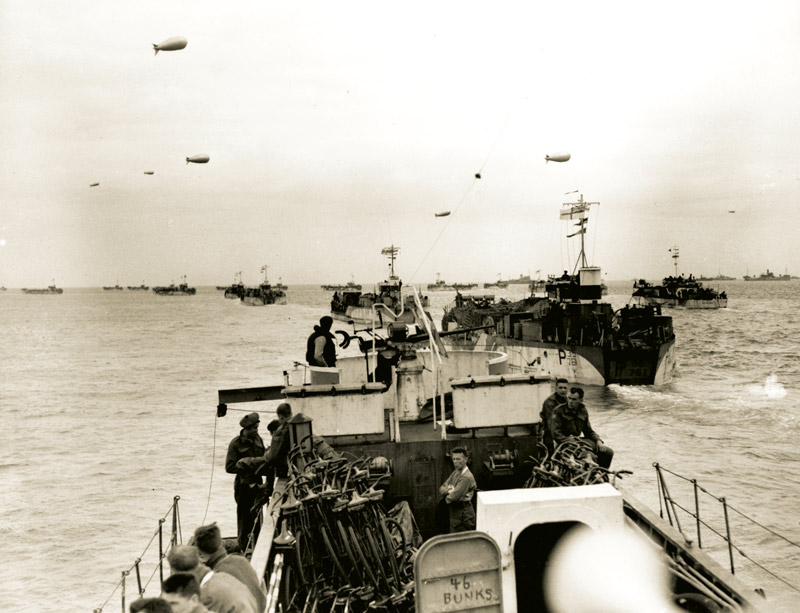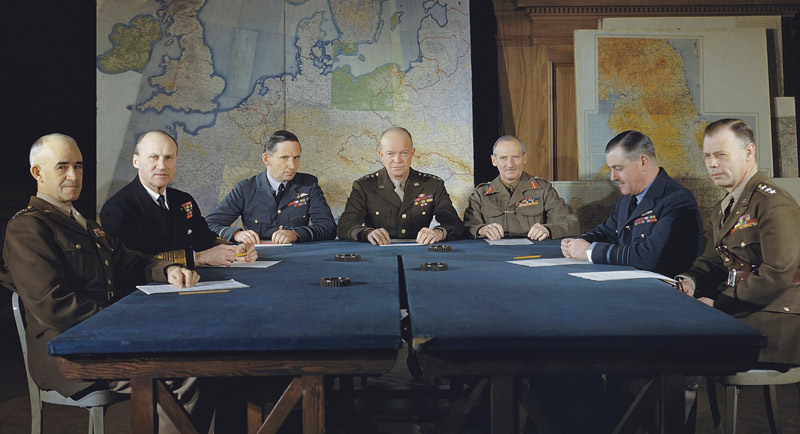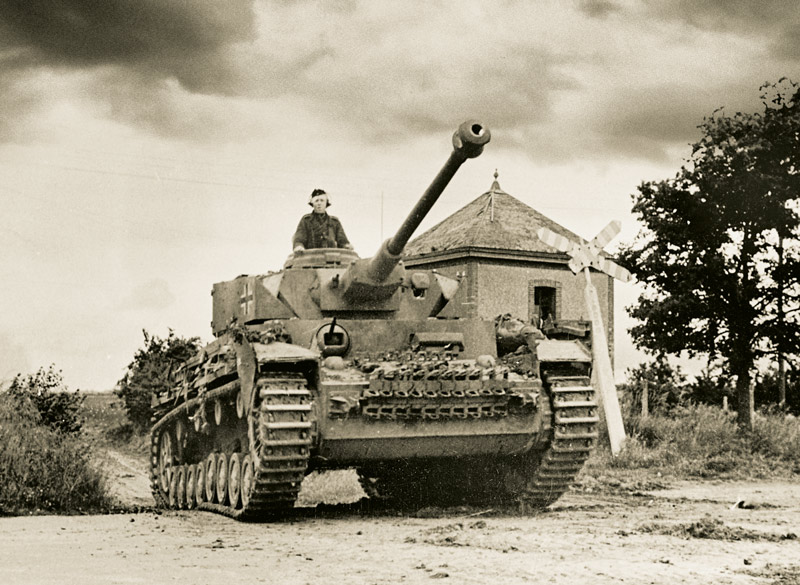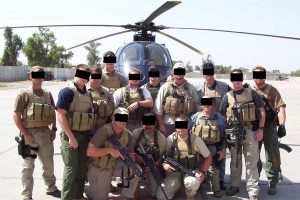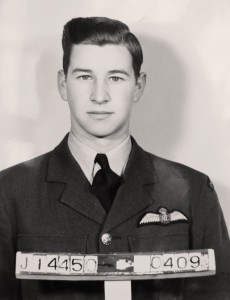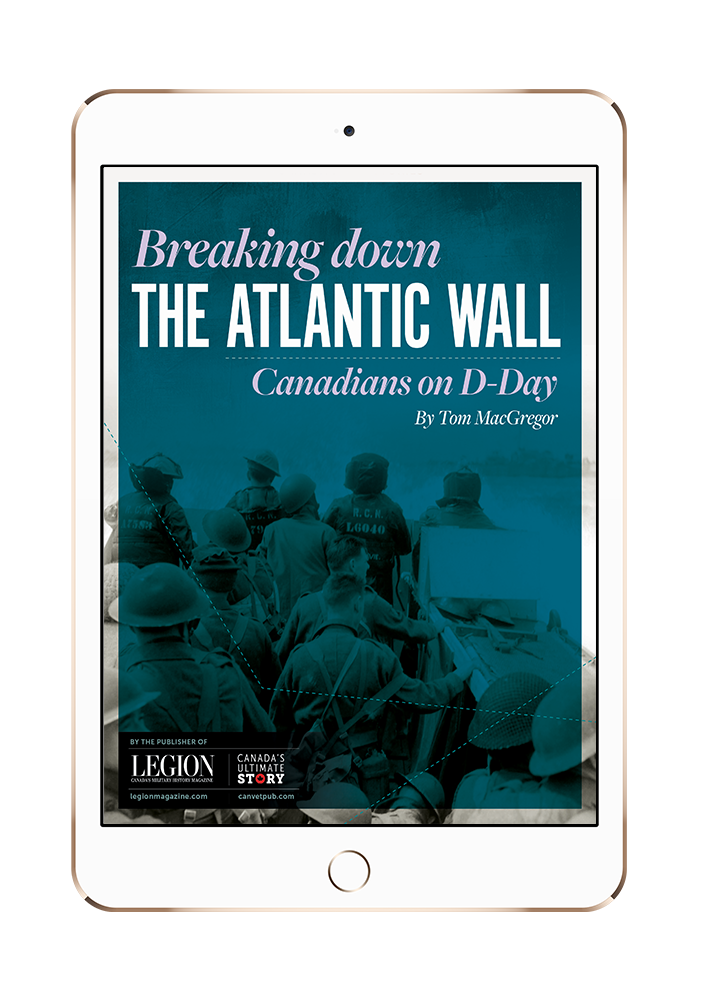Canada got passing mention in the 2024 international media coverage of the 80th anniversary of the D-Day landings on June 6, 1944. That’s what Canadians have come to expect. Everyone knows that the U.S. and U.K. carried the burden during Operation Overlord, the most decisive act of the Second World War. On the surface, Canada’s role was modest: one of the five seaborne assault groups, one of eight if you count the three divisions, too.
But Canadians did all right that day: 3rd Canadian Infantry Division got the farthest inland of any of the assault group. It was a very Canadian accomplishment, no flap, no flourish; no real need for the international press to note much more than that. Except that, Canada’s role in the success of D-Day was vastly more important than most realize—or perhaps are prepared to admit.
As it turns out, 3rd Division was the most powerful Allied formation to land on D-Day—bar none. It had to be. The Canadian task, according to its operation order, was to stop the probable enemy counterattack on the beaches. When the planners under Brigadier Freddie Morgan, chief of staff, Supreme Allied Command, reviewed the threat to Operation Overlord in late 1943, they identified a major German armoured attack in the days immediately following D-Day as the gravest peril. They also identified the key ground: the rolling plains north and west of Caen.
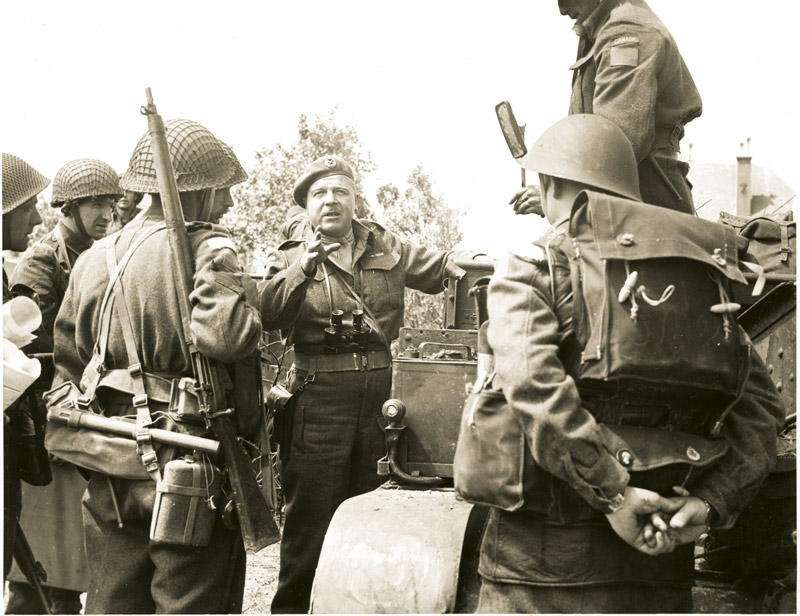
Major-General Rod Keller addresses personnel of 3rd Canadian Infantry Division on D-Day.[Frank L. Dubervill/DND/LAC/PA-115544]
The Allies expected German panzer divisions to roll down either side of the Mue River across open farmland to Courseulles-sur-Mer to stop the landings. This, in fact, was precisely what Generalfeldmarschall Erwin Rommel, commanding the German defence of the French coast, planned to do.
Rommel wanted four panzer divisions astride the Mue by May 1944. By June 8, two days after the landings, he had most of three there, with two more en route. Not surprisingly, Rommel’s first visit to the Normandy front was to the Mue River valley: by the afternoon two days after the landings he was within range of small-arms fire of The Royal Winnipeg Rifles as he tried to co-ordinate the panzer assault.
To defeat this danger to Operation Overlord, 3rd Canadian Infantry Division was given enormous firepower. It commanded twice the amount of field artillery typical for a British Commonwealth division, 144 guns in all. And 96 of the guns were self-propelled M7 105mm, supported by enough observation post, forward observer and command tanks to form a full armoured regiment.
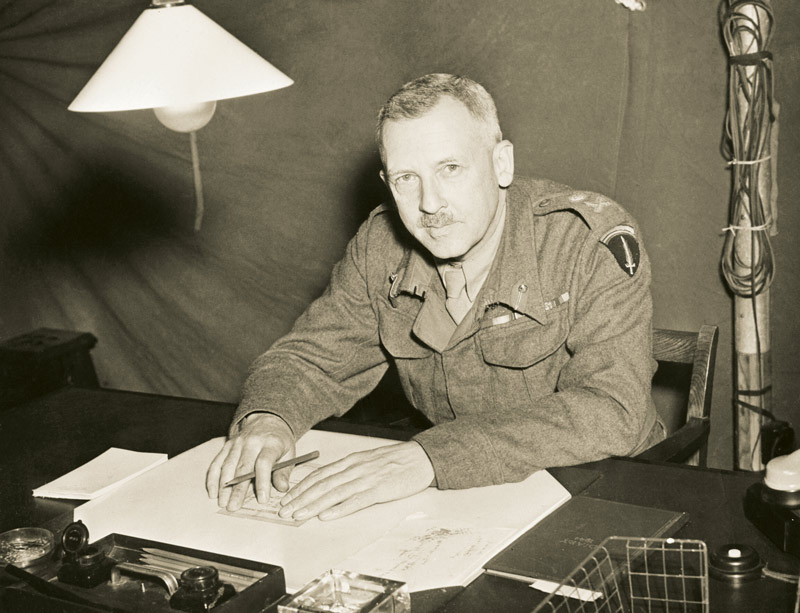
D-Day mastermind Brigadier Freddie Morgan, chief of staff, Supreme Allied Command [Imperial War Museums/EA 33078/Wikimedia]
The Canadian division also commanded a medium artillery regiment of sixteen 4.5-inch guns and 48 17-pounder anti-tank guns of British I Corps, all backed by a Canadian armoured brigade and the division’s own anti-tank regiment. Between June 7 and 10, this firepower was used to fight off repeated assaults by the 21st Panzer, the 12th SS Panzer and the Panzer Lehr divisions, and prevented I SS Panzer Corps from launching its main assault.
In short, in the days immediately following June 6, 3rd Canadian Division shielded Operation Overlord from the only attack that could have destroyed it.
The Canadian role in securing the survival of Overlord didn’t stop there, however.
Between 1941 and 1944, First Canadian Army, led by General Andrew McNaughton, was the most complete and battle-ready formation available to launch a second front. “McNaughton’s Dagger,” as it was labelled, played a key role in the enduring threat to the Germans of a sudden Allied descent on France in 1942-43. Its power and advanced state of readiness also put it at the heart of planning for Operation Overlord.
By December 1943, Morgan’s strategy called for First U.S. Army to lead an assault, with First Canadian Army to follow as a breakout force. Second British Army would arrive at some later stage. Under this plan, about half of the Allied front would have been held by First Canadian Army (with a British corps under its command) within 50 days of landing.
In late 1943, Canadian politicians, anxious to get their army into battle before the Germans quit, conspired to send half of McNaughton’s Dagger to fight in Italy. That wrecked Morgan’s plan.
But, the Overlord ground force commander, General Bernard Montgomery, wasn’t content with Morgan’s strategy anyway. Plus, the British were unlikely to have ever let the Americans and Canadians conduct the operation without them. So, Montgomery’s expanded D-Day plan of early 1944 made Overlord an Anglo-American two-army assault, U.S. First alongside British Second, and First Canadian Army slipped out of the narrative.
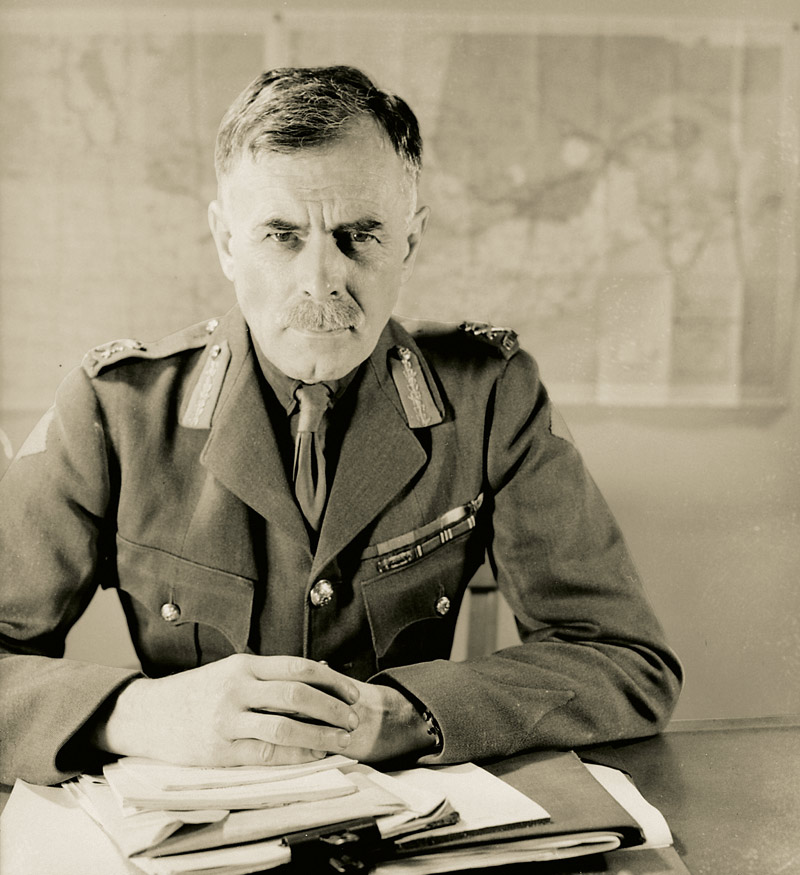
General Andrew McNaughton led First Canadian Army between 1941 and 1944. His force played a key role in the threat of invasion against the Germans.[DND/LAC/PA-132648]
Or so it seems. The Germans, of course, knew nothing of the politics of First Canadian Army’s removal from a lead role in Overlord. That allowed it to become a key part of Operation Fortitude South, the D-Day deception that held the German 19th Army in France’s Pas-de-Calais region and prevented it from shifting south to help defeat the Normandy landings.
This ruse is usually attributed to the American General George Patton, whom—we are told—the Germans feared. Patton is roundly trumpeted as commander of the fictitious First U.S. Army Group (FUSAG), which the Allies had led the Germans to believe was slated to land in Pas-de-Calais.
The problem with giving Patton credit is that there’s no evidence of his role in Fortitude South until June 12, when German intelligence confirmed that he had replaced Omar Bradley in command of FUSAG. In ways that historians have never explained, Patton’s role in what became Fortitude South II, the continuation of Fortitude after the landings in Normandy were secure, has been conflated into a key role in the entire deception.
According to the postwar British government report on Operation Fortitude by Roger Hesketh, a staff member of the section that developed it, the key element in the deception before and immediately after D-Day was First Canadian Army.
The Germans still expected it to lead the charge, and since II Canadian Corps of McNaughton’s Dagger was garrisoned in Kent, directly across the Channel from Pas-de-Calais, it made sense that it would make the short hop to where the Allies’ main force was expected to land.
In fact, First Canadian Army was the designated assault formation of FUSAG: II Canadian Corps would land first, with an American corps—under Canadian command—as the follow-up force. The movements, radio exercises and special agent “reveals” of Operation Fortitude as outlined by Hesketh highlight the Canadian role. He wrote nothing of Patton.
It seems, then, that the real value of Canada’s contribution to D-Day and Operation Overlord is that it preserved the landings from destruction.
As the Germans rushed armoured forces west after June 6 to push back the landings in Normandy, 2nd Canadian Division conducted amphibious training on England’s River Medway, a muddy tide-swept waterway that resembled the Scheldt and the entrance to Antwerp—the other place where the Germans anticipated a landing, and a place which the Canadians had developed plans to attack.
So, on June 8, as 2nd Canadian Division cleaned off its vehicles and loaded them into assault vessels along the Thames, double agents of the British alerted the Germans that the landing in the Pas-de-Calais was imminent. The next day, German domestic and international short-wave radio announced that “Combined action is being expected somewhere between Dunkerque and Ostend. For this, special Canadian troops are in readiness….”
Based on that threat, German high command redirected the panzer reinforcements en route to Normandy to the Pas-de-Calais in the early hours of June 10. The redirection of these armoured forces was so important that a retired senior American corporate lawyer and former U.S. Army intelligence analyst, Thomas (T.L.) Cubbage, rummaged through the British archives in the 1980s to assess the veracity of Hesketh’s account. He confirmed it.
Cubbage concluded that the diversion of panzer forces to Pas-de-Calais was a moment that “turned the tide of history.” The rump of McNaughton’s Dagger did that.
Cubbage, like all historians of his era, was unaware that 3rd Canadian Division had already defeated all attempts by I SS Panzer Corps to break through to the sea. It seems, then, that the real value of Canada’s contribution to D-Day and Operation Overlord is that it preserved the landings from destruction. If you accept Cubbage’s conclusion, then between June 6-9, 1944, Canada’s army changed the course of the war.
Canadians might ponder that not-so-
modest accomplishment when they next gather to commemorate D-Day.
Marc Milner’s latest book, Second Front: Anglo-American Rivalry and the Hidden Story of the Normandy Campaign, will be published by Yale University Press in May 2025.
Advertisement









